Architectural artifacts from two demolished 1909 Upper East Side mansions will be for sale
What will replace the mansions?
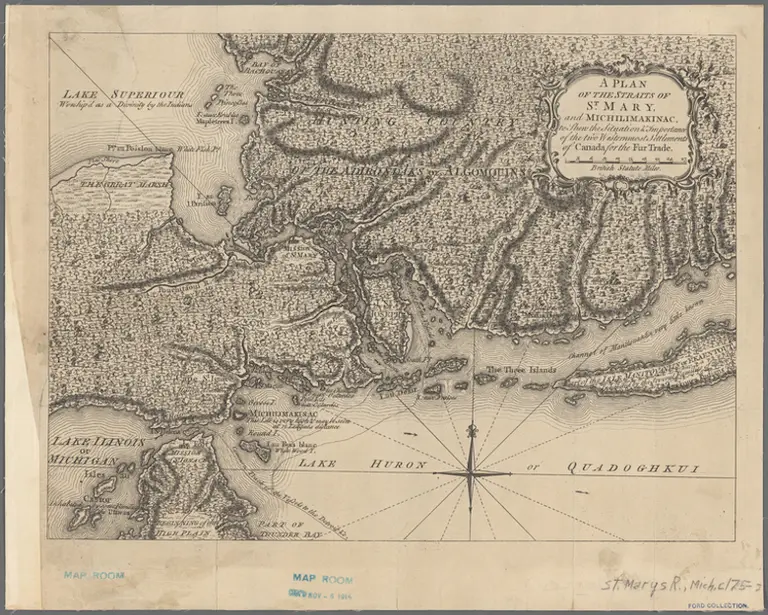
Map of the Western Canadian Fur Trade, ca. 1750-1759. The North American Fur Trade Began with French Merchants in Canada. Via NYPL Digital Collections
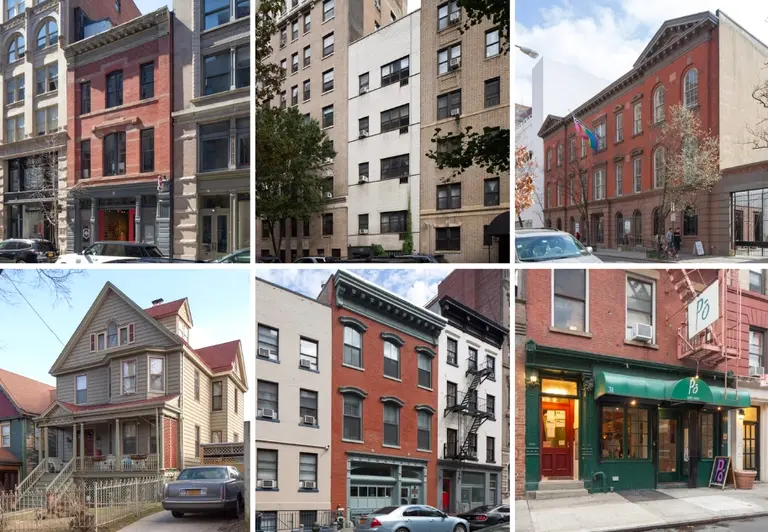
Top, left to right: GAA Firehouse, James Baldwin Residence, LGBT Community Center; Bottom, left to right: Audre Lorde Residence, Women’s Liberation Center, Caffe Cino; Photos courtesy of NYC LGBT Historic Sites Project
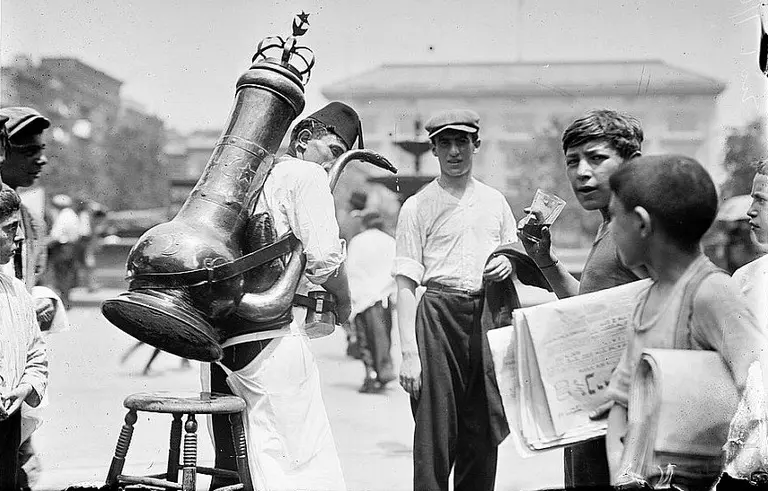
A man wearing a fez selling drinks in Little Syria in the early 1900s, via Wiki Commons
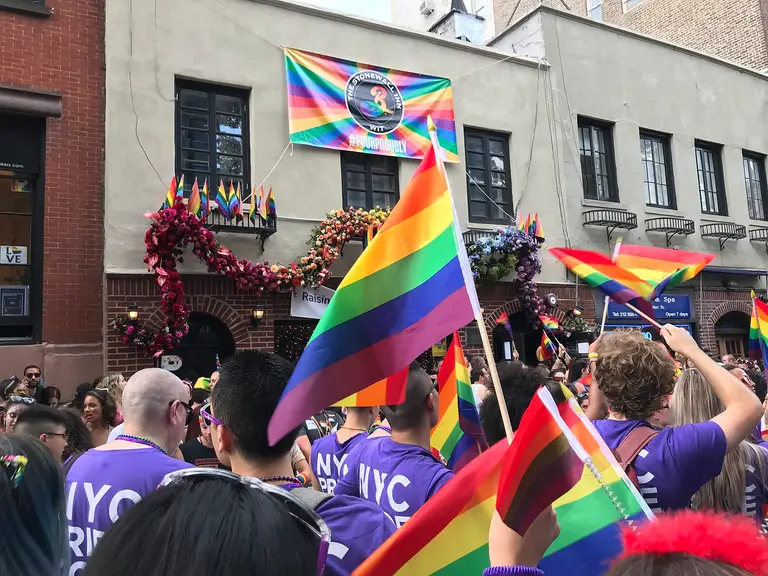
Last year’s Pride Parade outside the Stonewall Inn, via Wiki Commons
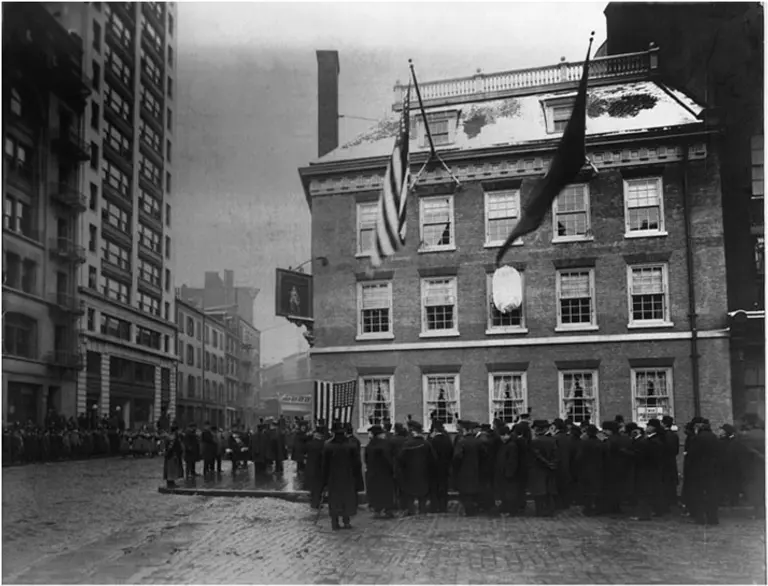
Sons of the Revolution in the State of New York outside 54 Pearl Street on opening day. Taken from Broad Street facing east. 1907. From the archives at Fraunces Tavern Museum. Courtesy of the Fraunces Tavern Museum

Top, left to right: GAA Firehouse, James Baldwin Residence, LGBT Community Center; Bottom, left to right: Audre Lorde Residence, Women’s Liberation Center, Caffe Cino; All photos courtesy of NYC LGBT Historic Sites Project
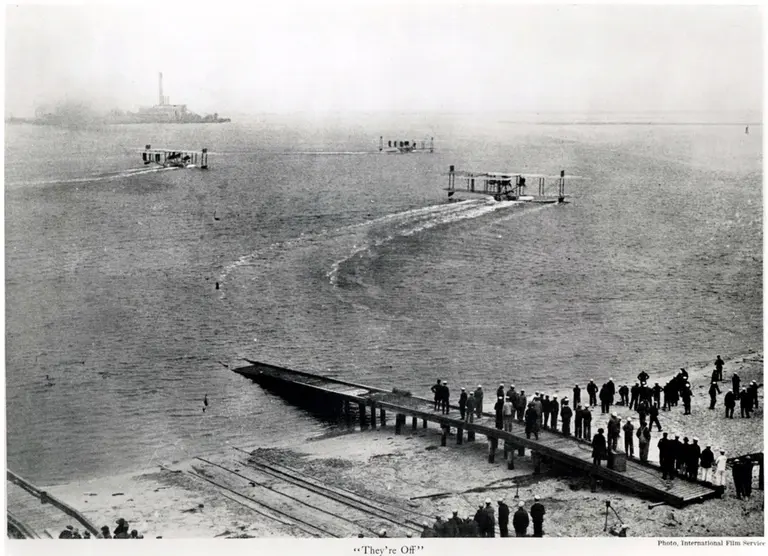
“They’re off!” The NC-1, NC-3 and NC- 4 begin their journey across the Atlantic May 8th, 1919. Via the Smithsonian National Air and Space Museum
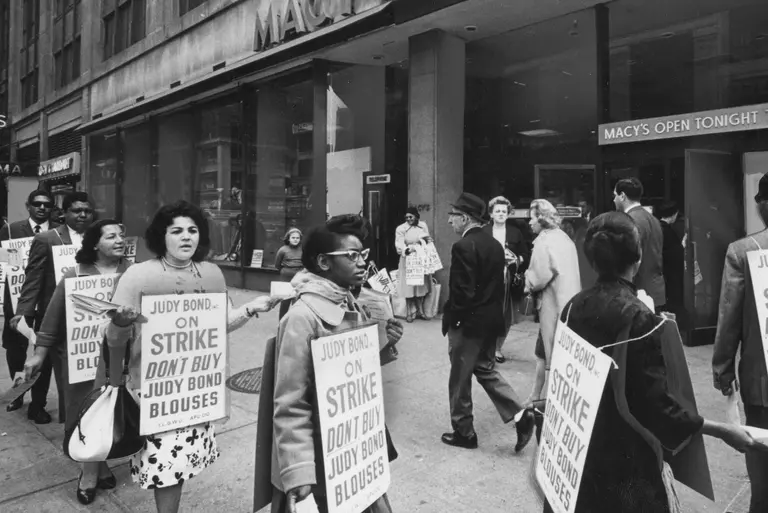
Picketing ILGWU members outside Macy’s department store urge shoppers not to buy Judy Bond blouses. Circa 1965. Courtesy Kheel Center for Labor-Management Documentation & Archives, Cornell University.
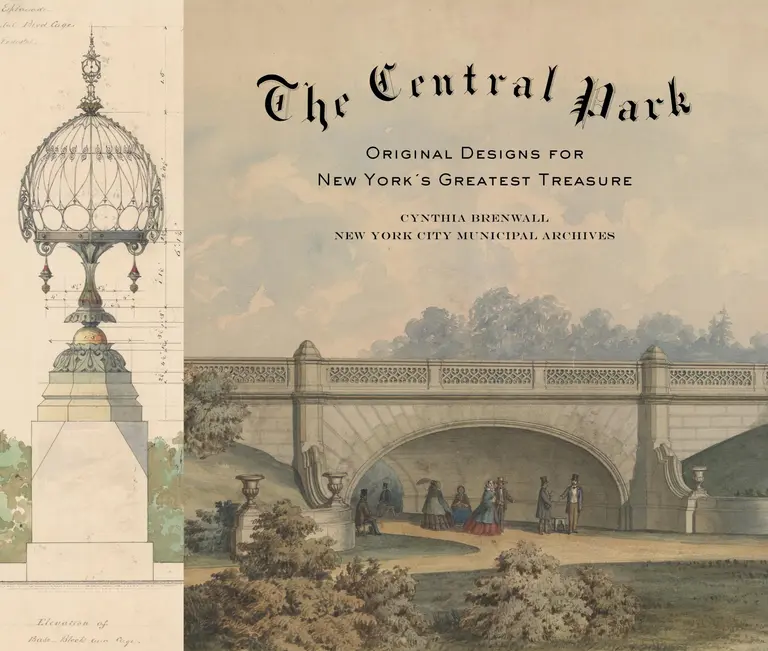
All of the images in this post are included in “The Central Park: Original Designs for New York’s Greatest Treasure,” and are courtesy of the NYC Municipal Archives.
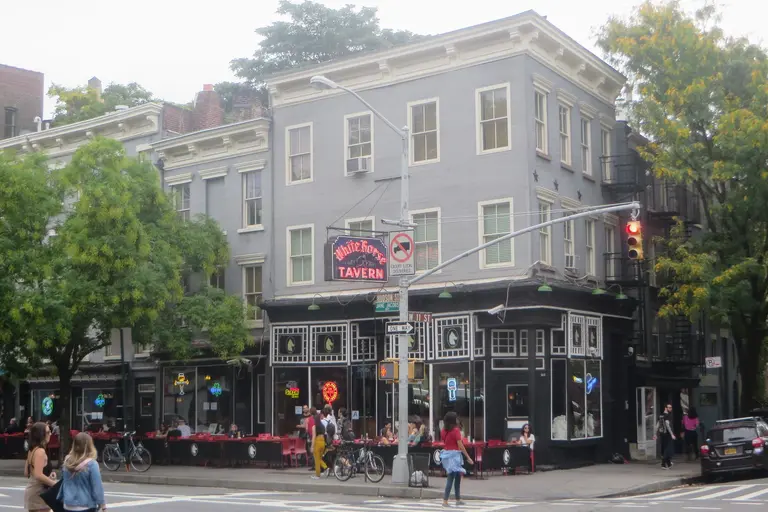
Photo by Eden, Janine and Jim via Flickr.
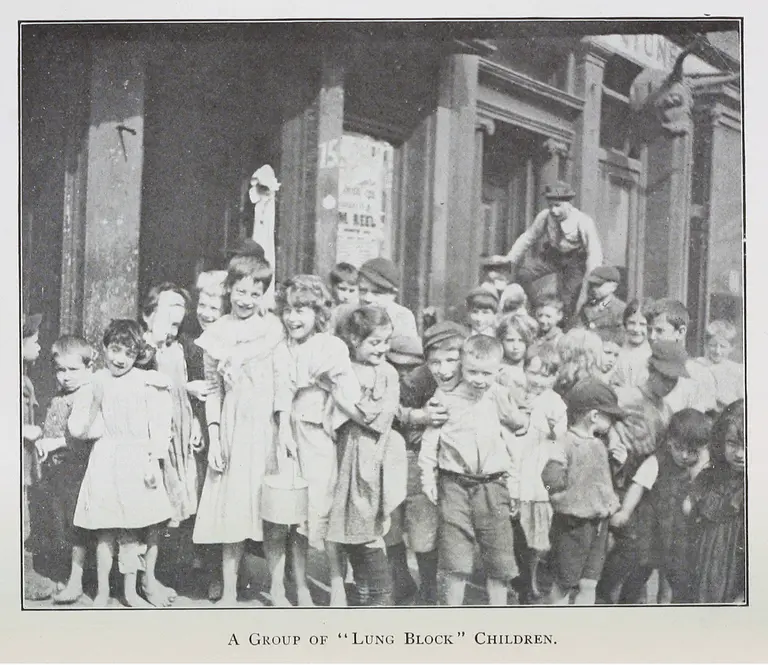
“A Group of ‘Lung Block’ Children,” from Ernest Poole, The Plague in Its Stronghold, Tuberculosis in the New York Tenement, 1903. Courtesy of the Department of Records
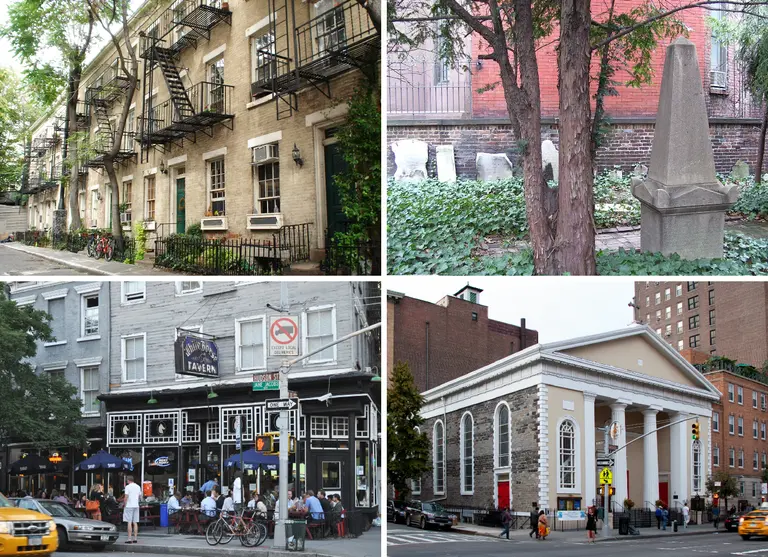
This year marks the 50th anniversary of the designation of the Greenwich Village Historic District. One of the city’s oldest and largest landmark districts, it’s a treasure trove of history, culture, and architecture. Village Preservation is spending 2019 marking this anniversary with events, lectures, and new interactive online resources. This is part of a series of posts about the Greenwich Village Historic District marking its golden anniversary.
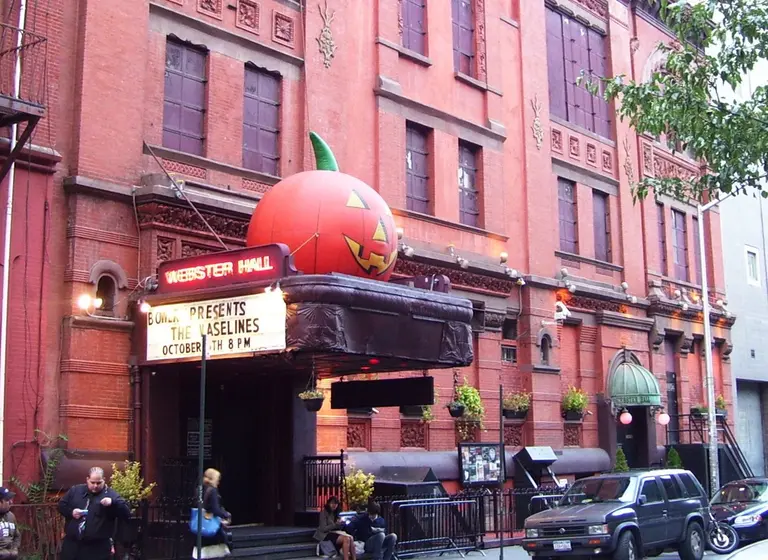
Image via Wikimedia cc.
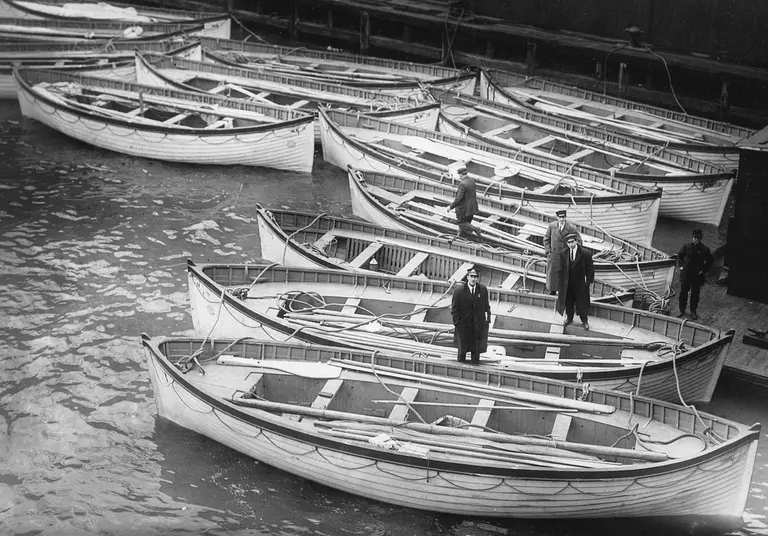
The Titanic’s lifeboats at the White Star Lines Pier 54 in NYC after sinking, via Wiki Commons